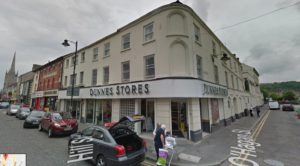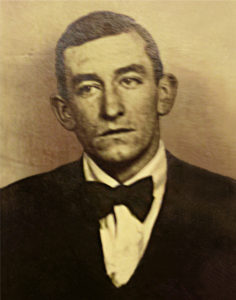My great grand aunt, Catherine Rogers Murphy (my great grandmother’s sister), did not immigrate to the United States until three years after her sisters, Rose Rogers O’Rourke and Mary Rogers O’Rourke, according to records I have found online.
Instead, Catherine Murphy immigrated in 1910. She traveled from Liverpool, England on the ship Caronia with two of her children, Vincent and Norah Murphy. Vincent was 16 and Norah was 11. Her destination was Bellingham, Wash.

Two weeks ago, I wrote that she had immigrated with my great grandparents, but I could only find her husband’s name on the ship’s manifest. Catherine’s husband, John Murphy, traveled on the same ship that my great grandfather’s family immigrated to America.
John O’Rourke and my great grandmother Mary Rogers O’Rourke and their five children, came to America on the Teutonic in April 1907. Also immigrating at the same time was Rose Rogers O’Rourke, Mary’s sister and Rose’s daughter, Mary Catherine O’Rourke. My great grandfather John married Mary Rogers and his brother, Jim O’Rourke, married Mary’s sister Rose. It’s a little confusing, but Mary Catherine and John and Mary’s children were double first cousins. John Murphy was on that ship as well.
But Catherine immigrated in 1910. On the ship’s manifest she listed her closest relative in Ireland as a Mr. J. Quinn, The Milestone, Newry.

John Quinn and the Milestone
As I wrote last week, John Quinn was the owner of the first supermarket in Newry, Northern Ireland – the Milestone. He was born in Attical, a townland near Kilkeel. He lived in Liverpool for a time where he worked as a grocer. Many of his 10 children were born in Bootle (near Liverpool). He moved his family back to the County Down and where he opened The Milestone. He ended up being quite a successful businessman and opening several stores in Northern Ireland. One of his children, John (Sean) Quinn, was a member of the IRA and was killed in the Irish Civil War.
Continue reading “Catherine Rogers Murphy and her cousin, John Quinn”

